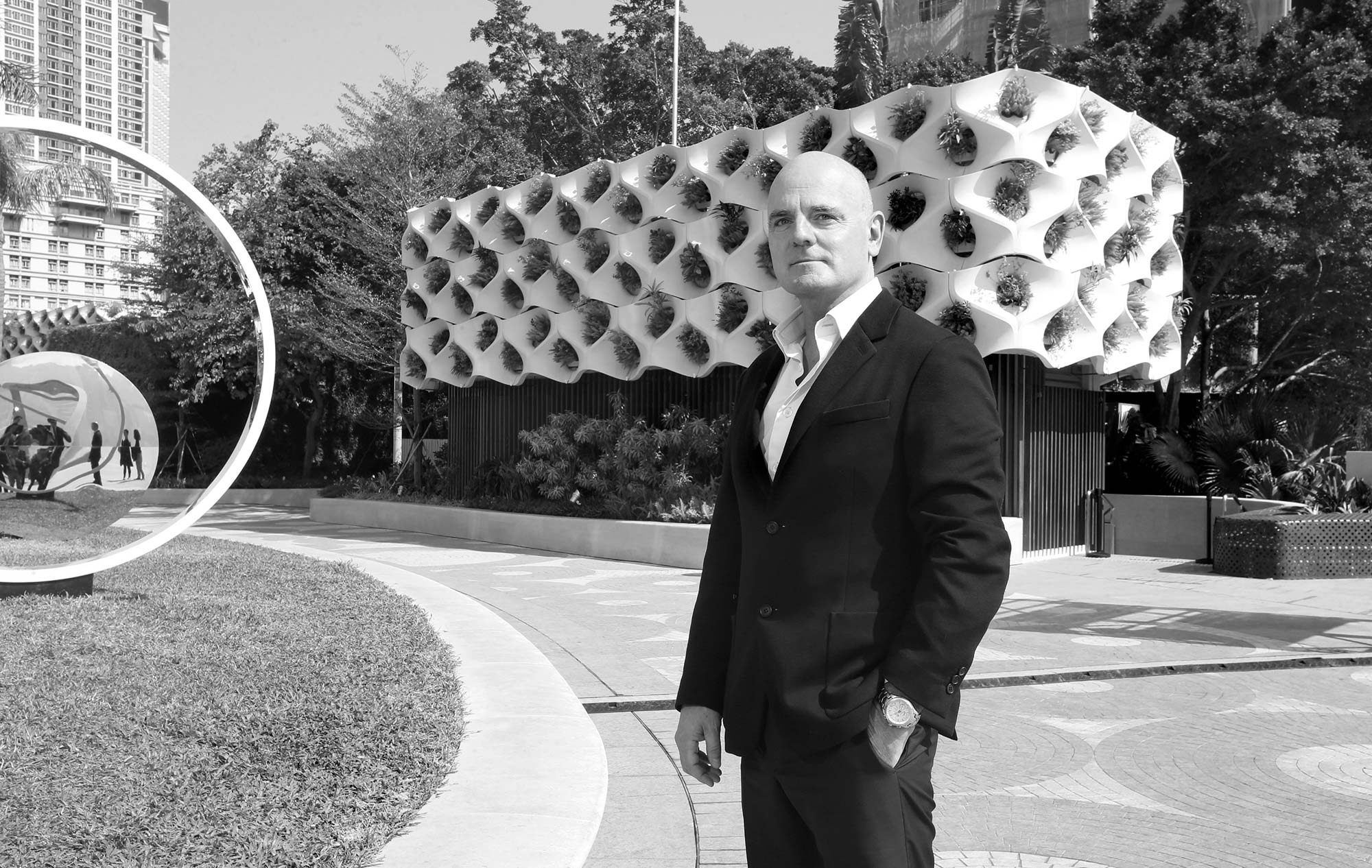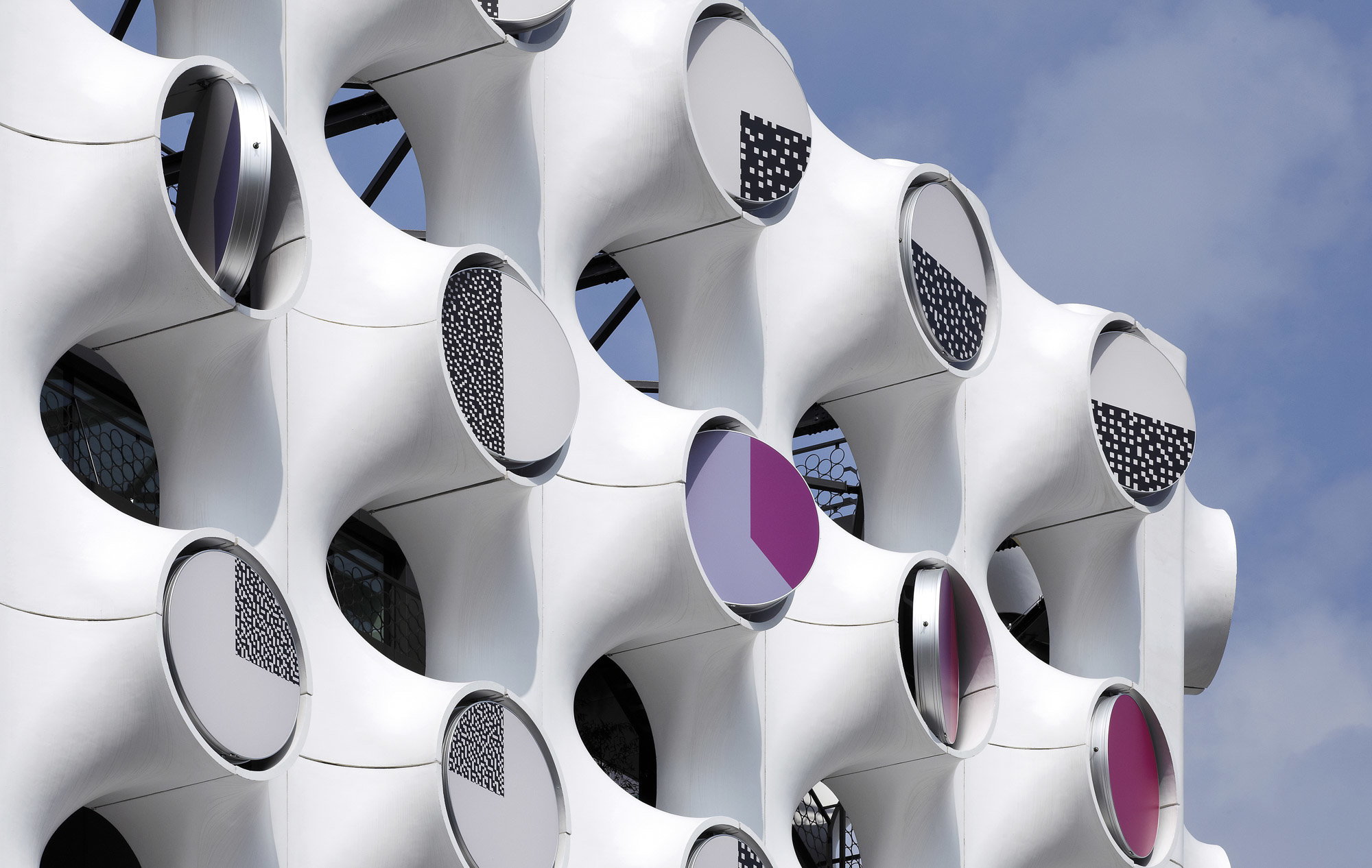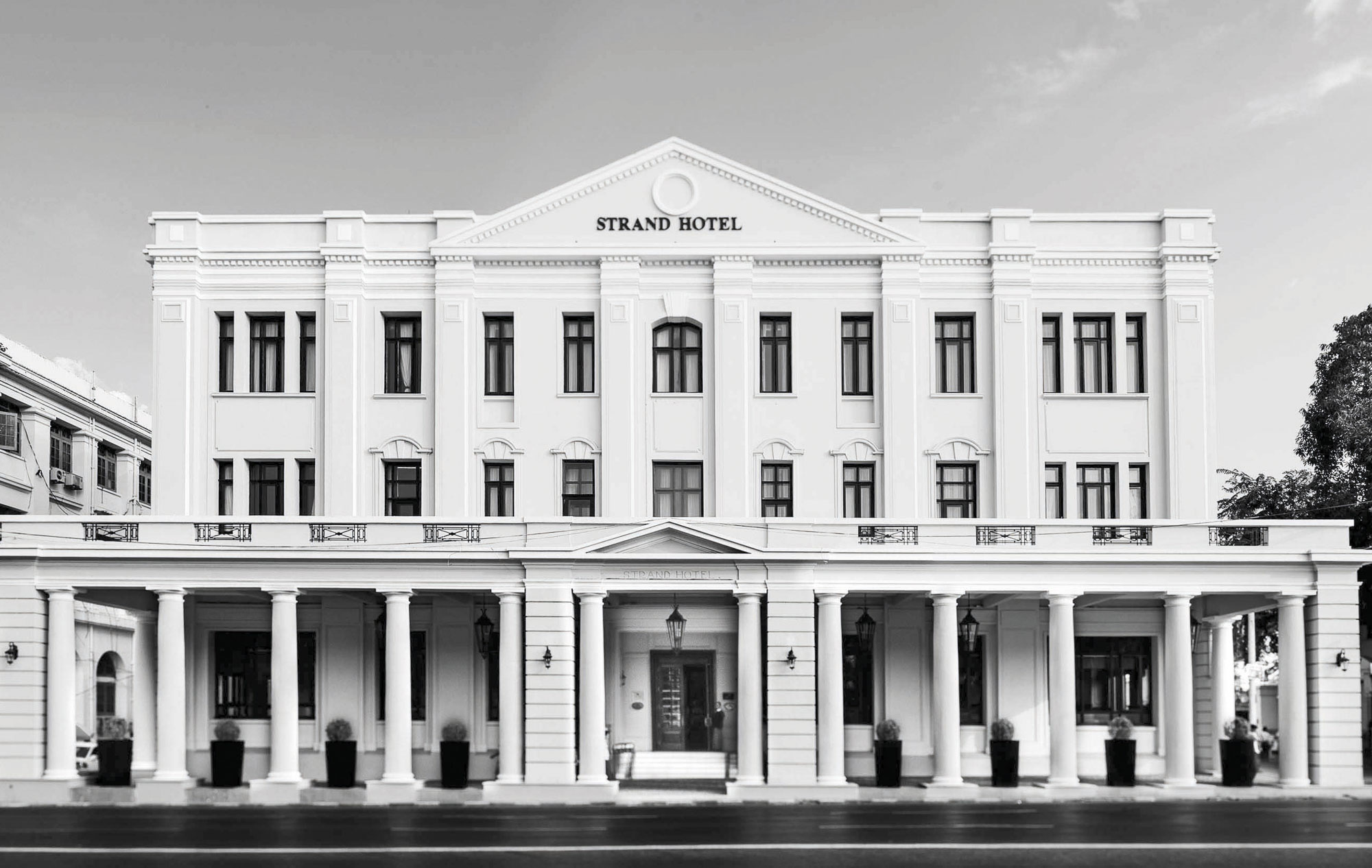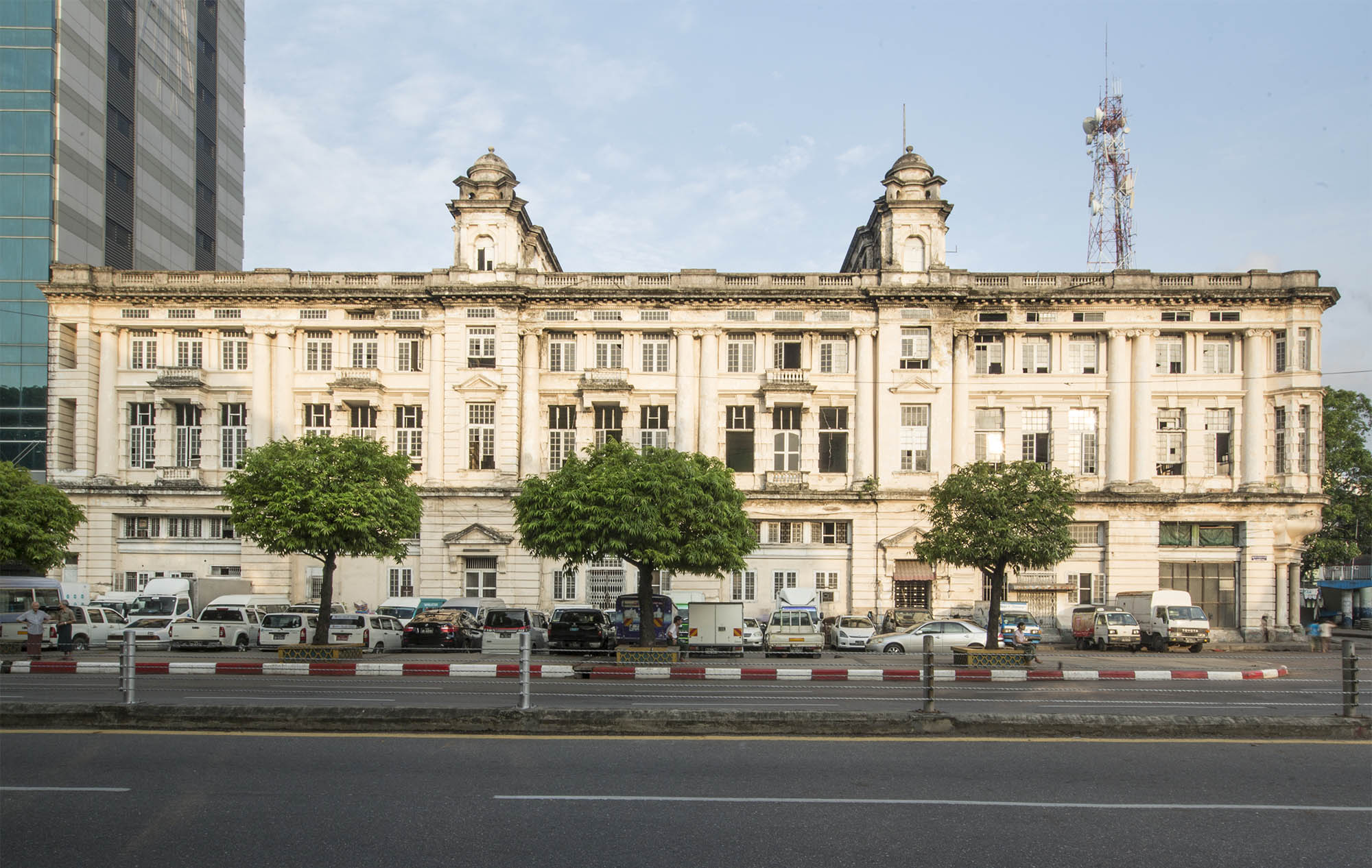Your architecture firm, Field Operations, is best known for leading the High Line project in New York. How has this influenced your subsequent work?
High Line has certainly enjoyed a good deal of fanfare and visibility, and it transformed the experience of public life in New York. Overall, my work has always been motivated by careful considerations of place, local culture, environment and the social dynamism of public interaction.
Since then, we’ve been busy with projects including the Seattle Waterfront, Doha’s new museum and cultural district, and the new coastal city of Qianhai just west of Shenzhen. And of course, Victoria Dockside in Hong Kong – which includes the Avenue of Stars, Salisbury Garden and adjacent areas.
Tell us more about the overall concept of your Hong Kong project
Adrian Cheng [of New World Development] commissioned us to redesign the entire Tsim Sha Tsui harbourfront area, including the new K11 Musea, which all together form Victoria Dockside. His vision is to have a highly animated public space with arts and culture experiences, all set within the harbour and with dramatic views of the Hong Kong skyline. We designed green spaces that improve access and visibility while affording more areas for gathering, strolling, sitting and programming.

The concept of urbanism is an integral element of your work at Field Operations. Why is that?
Urbanism is about mixing nature, culture and art into the everyday fabric of the city. These urban centres aren’t just an economic and infrastructural phenomenon but also a profoundly social and experiential place. People don’t just live and work in cities, but they also connect, relate and find meaning and value there.
As cities get denser and more populated, it is crucial to ensure that there are adequate spaces for nature in the city, not only as places for respite and reflection, but also for their ecological function.
What should architects in the 21st century think more about?
I named my design practice Field Operations because we view our work as designing fields and textures as opposed to static objects, and also because the operational aspects of design are foregrounded over image. Similarly, the best architects realise that good buildings are less about themselves and more about their context, adjacency and field of interactions. Meanwhile, the crucial urgency of addressing climate change and environmental resiliency pose another set of challenges for architects today.
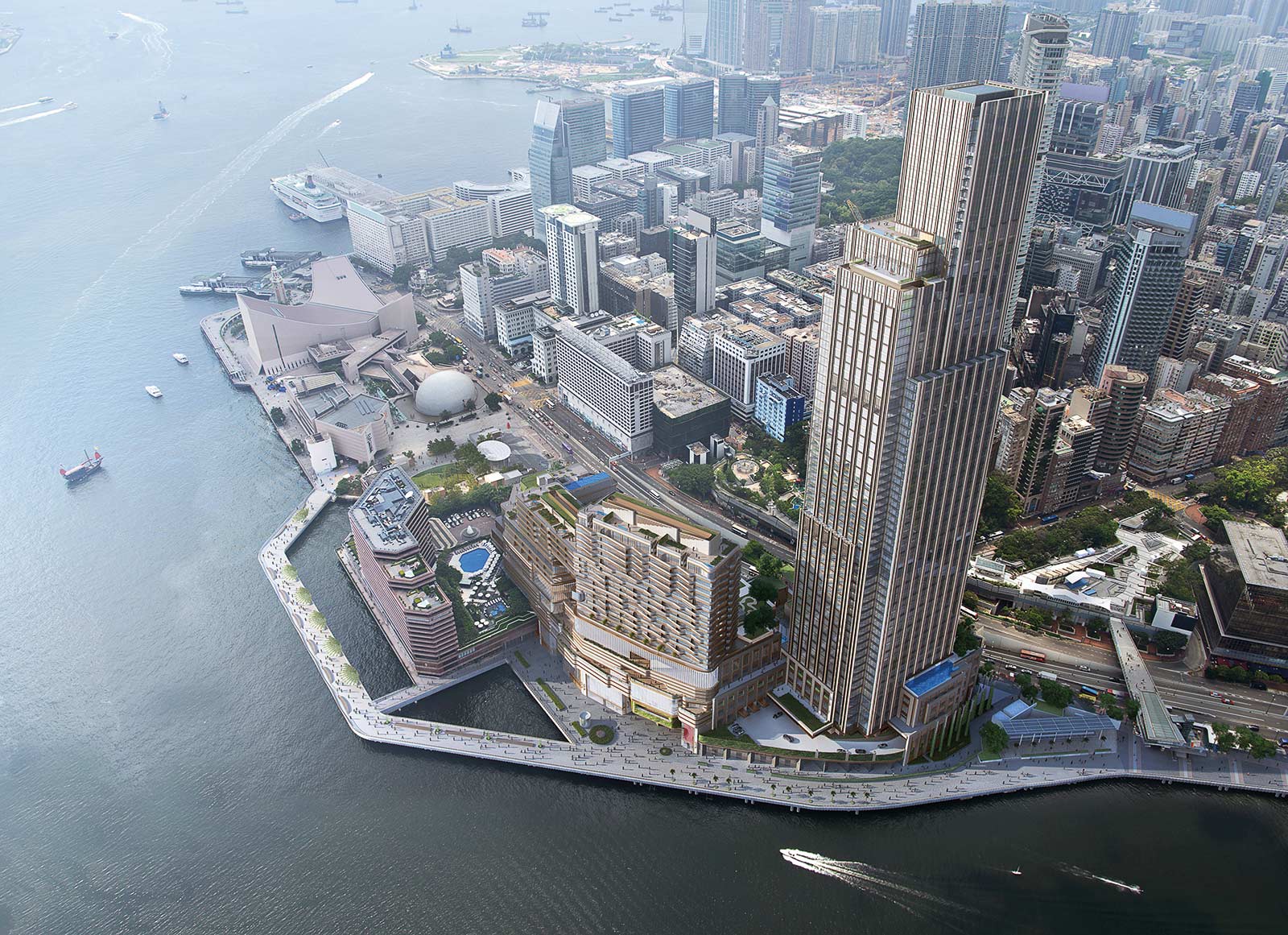
Which Asian cities have the most impressive architecture?
Hong Kong has some very impressive buildings and high quality of design. Its cityscape – with the harbour and dramatic green mountains – further enhances the intense scale of its buildings. Shenzhen and Shanghai have also in recent years added a number of impressive towers and structures that are both innovative and intelligent.
What’s one memorable lesson that you’ve learned during your travels?
The most memorable lesson is how interrelated people are. Beyond the racial characterisations and stereotypes, it’s fascinating to know that we share many commonalities: a sense of curiosity, a desire for conversation and companionship, the concern for family, community and quality of life, and more. It’s very meaningful to be able to design some of the places where these same people might meet and engage – and hopefully return to again and again.



